Sometimes our garden leaves us wanting to give up and write a “Deer John” letter, especially if it hosts a half dozen Bambis every evening. Sprays and powders are a waste of money, because they sure don’t seem effective, but who can afford 8-foot-tall fences? We have to live with deer, and there’s no way to predict what they’ll do — maybe their population puts pressure on them to try new plants, maybe it’s a bad winter, maybe they got a taste of palatable young shoots and decided it’s worth coming back. But we don’t have to write that letter or settle for bad puns.
There are some native flowers that have a much better chance than average at standing up to mammalian browsing, specifically those with aromatic, hairy and leathery foliage. Plants with thick, milky sap may also work
. I talked with about a dozen native-plant and wildlife gardeners around the U.S., as well as consulted university studies, to compile a list of 10 native flowers that can stand up to deer. Remember, nothing is 100 percent deerproof, and what works for your neighbor across the road might not work for you — deer are just aggravating like that.
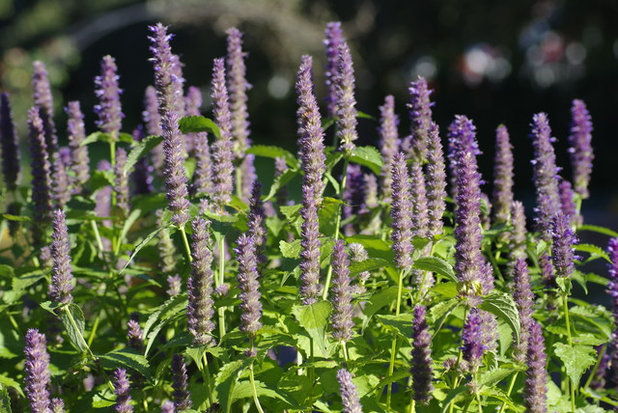
Susanne Wiik
Anise Hyssop (
Agastache foeniculum)
Native to the northern quarter of the U.S. from Washington state to New York and New Hampshire
Anise hyssop loves dry sand to clay soils. The 2- to 3-feet-tall blooms go on for weeks in high summer, and various bee and insect species cover them from morning till night. The foliage is highly aromatic, reminiscent of licorice, and deer don’t eat licorice, right? In richer, loamy clay soils, it might self-sow moderately.
See how to grow anise hyssop
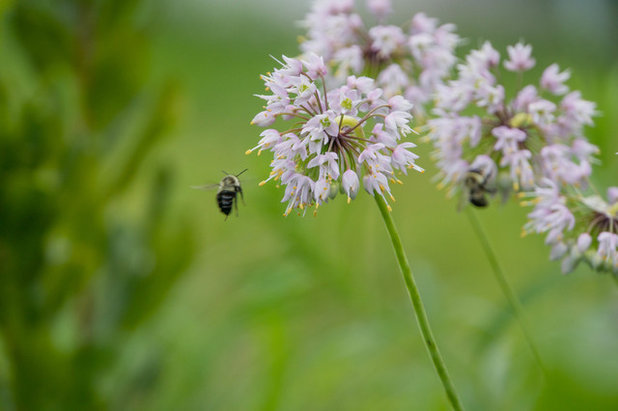 Nodding Onion
Nodding Onion (
Allium cernuum)
Native in the Pacific Northwest, the Rocky Mountains and scattered areas throughout the eastern Plains, the entire Midwest and parts of the eastern U.S.
Nodding onion attracts bumblebees and short-tongued bees, as it blooms in midsummer. It is adaptable, doing well in slightly moist to dry conditions. It’s great for a midheight ground cover (12 to 18 inches tall). You can use the bulbs in cooking like you would any other type of onion.
See how to grow nodding onion
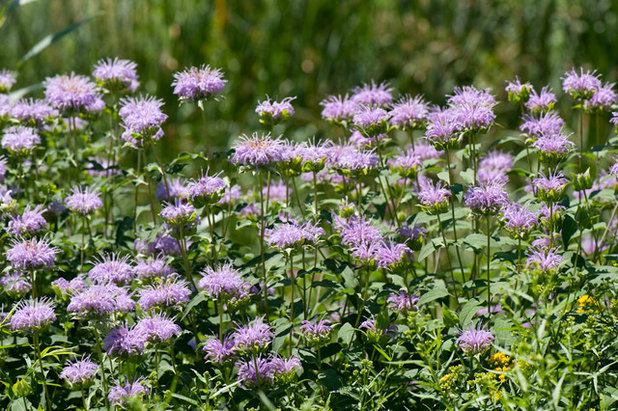
Holm Design & Consulting LLC
Wild Bergamot (
Monarda fistulosa)
Native from the Rockies to almost all points east in the U.S.
There’s a reason one of the common names for Monarda is bee balm — I’ll let you guess why. Wild bergamot blooms for several weeks in mid to late summer. It will self-sow in loamy soil, where it also might flop over a bit too much. It’s adaptable in full sun, doing equally well in slightly moist to dry soils and reaching 3 to 4 feet tall. It is awash in fragrant leaves, just like other Monardas you may be familiar with, so it may make a good “smelly” border or screen that deer might not cross.
Remember, with deer there are just no guarantee, but this one has worked for lots of gardeners.
See how to grow wild bergamot
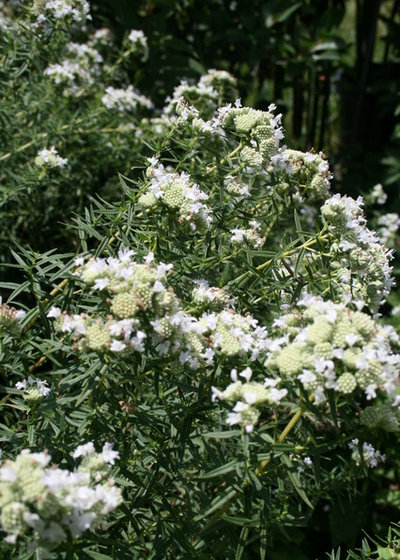
Benjamin Vogt / Monarch Gardens
Virginia Mountain Mint (
Pycnanthemum virginianum)
Native in the eastern Plains, Midwest and Northeast
Virginia mountain mint has highly aromatic leaves, perfect for garnishes or tea, and attracts diverse hoards of pollinating insects. It prefers full sun in a moist to medium soil, even clay, and blooms over several weeks, sometimes over a month, from early to midsummer. Reaching 2 feet tall, it is the slowest-spreading mint I’ve ever seen.
See how to grow Virginia mountain mint
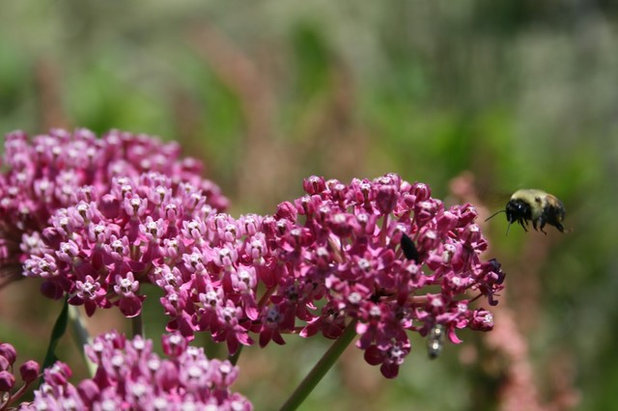
Benjamin Vogt / Monarch Gardens
Red or Swamp Milkweed (
Asclepias incarnata)
Native to a vast area from the High Plains to the East Coast
In general, deer tend to avoid plants with a good deal of milky sap, and most milkweed species fit this description. Swamp milkweed, contrary to its name, does fine in medium soil as well as wetter ones. You’ll find all kinds of insects using it for nectar and as a host plant — not just monarchs, who depend upon it. Full sun to partial shade is best, and don’t forget to admire the autumn seedpods. It grows to about 3 feet tall.
See how to grow milkweed
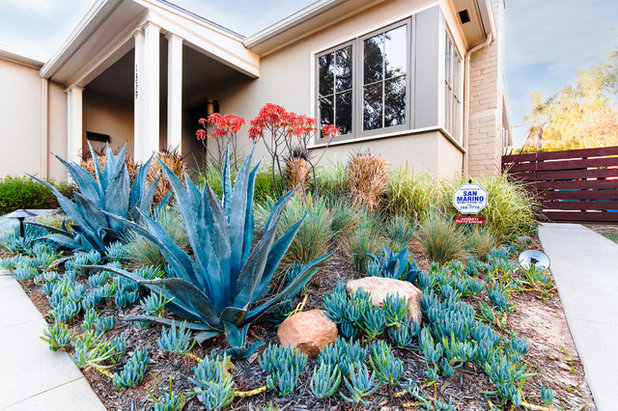
Studio H Landscape Architecture
American Century Plant (
Agave americana)
Native to the Southwest and Texas
Here’s something a bit different for those living in the Southwest and Texas. This agave is xeric and massive, reaching more than 6 feet tall and wide, with impressive bloom spikes. Deer — and humans — tend to steer clear of the spiky leaves, so plant it in the right location. Soapweed (
Yucca glauca) is a smaller plant with a similar look, reaching 3 to 4 feet tall in full sun and dry soil. Soapweed is native from Texas and New Mexico up to the Dakotas and Montana.
See how to grow agave
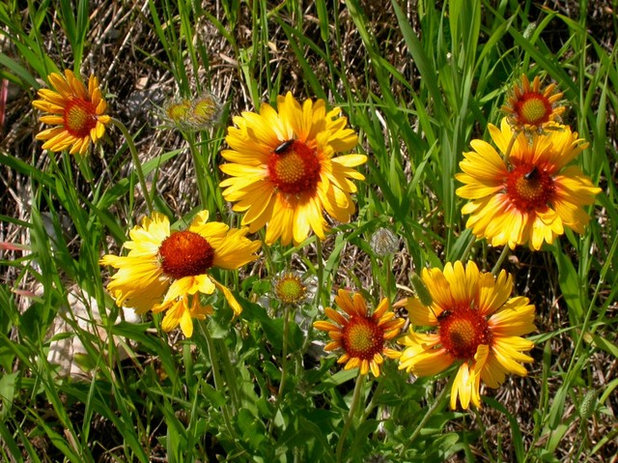 Blanket Flower
Blanket Flower (
Gaillardia aristata)
Native in the northern Plains and Rockies into the Pacific Northwest, where it’s quickly vanishing
Blanket flower reaches 1 foot to 2 feet in height and blooms all summer long. It is a truly low-maintenance plant for those in deer heaven.
See how to grow blanket flower
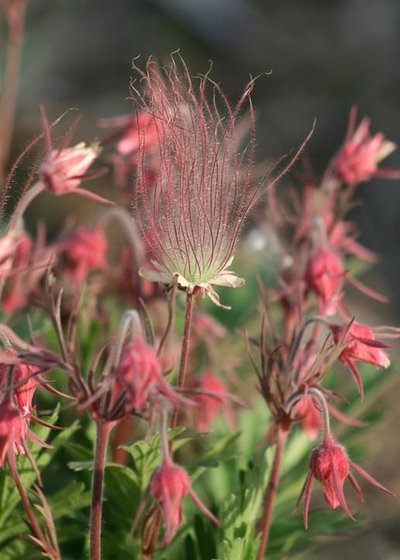
Benjamin Vogt / Monarch Gardens
Prairie Smoke (
Geum triflorum)
Native from Wisconsin and Iowa to the Pacific Northwest
With slightly hairy leaves, this ground cover tickles deer tongues to become unpalatable. Red buds bloom in late spring to early summer, giving way to glittery seed heads. Prairie smoke thrives in very dry soils and reaches no more than 12 inches or so while in bloom.
See how to grow prairie smoke
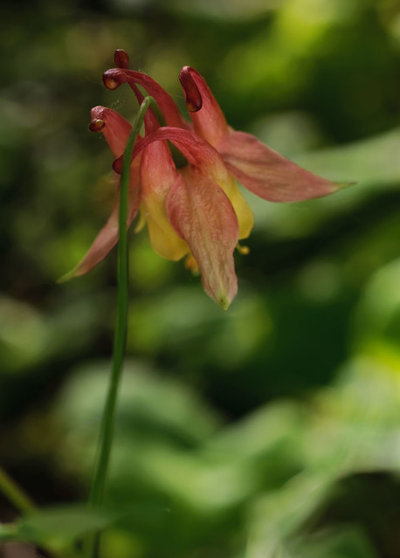
Barbara Pintozzi
Columbine (
Aquilegia canadensis)
Native to much of North America east of the Rockies
American columbine is a critical nectar and pollen source for early spring bees and other insects and a staple in woodland gardens, from the Dakotas to Oklahoma all the way to the Carolinas and Maine. With moderate amounts of moisture, it reaches 12 to 18 inches in full sun, but in dry shade it’ll do fine. Deer usually leave it alone, which is great news for the tougher areas of your garden where color is needed. Watch for seedlings to gift to a friend.
See how to grow columbine
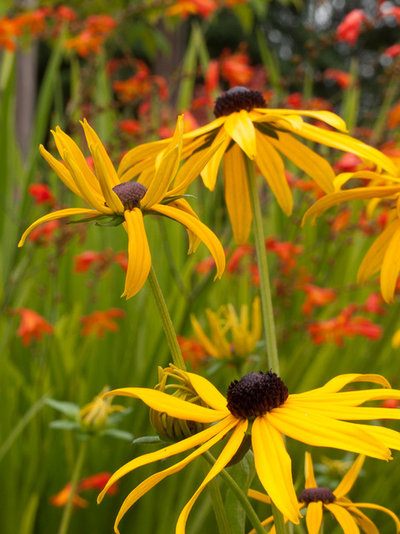
Le jardinet
There are plenty of other plants reported to be fairly deer tolerant, from black-eyed Susan (
Rudbeckia hirta) to some goldenrod species (
Solidago spp). Really, there are no hard and fast rules for the best plants, but we can try — or just watch helplessly from the living room window.
Tell us: Which deer-tolerant native plants work well for you?





